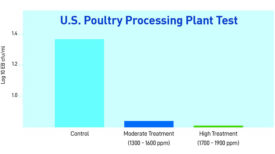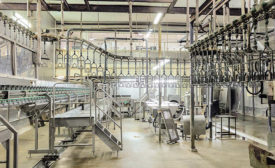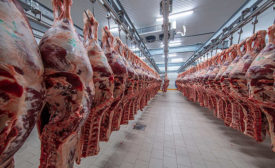Tech | Supplier's Perspective
Food Safety
Fight for Food Safety
Are food allergen advisory statements helpful?
'May contain' may not help
Read More
Tech | Food Safety
Designed Right: Automation and easy-to-clean equipment
Key components to sanitary design
Read More
Food Safety
Improving effectiveness and efficiency of antimicrobial dips and sprays usage
Pushing the antimicrobial envelope
Read More
Food Safety
Rapid testing for pathogens in meat and poultry production
Need for (more) speed: Meat and poultry processors can generate greater yields while cutting protein waste by accelerating the testing for bacteria in production facilities.
Read More
Stay ahead of the curve. Unlock a dose of cutting-edge insights.
Receive our premium content directly to your inbox.
SIGN-UP TODAYCopyright ©2024. All Rights Reserved BNP Media.
Design, CMS, Hosting & Web Development :: ePublishing












